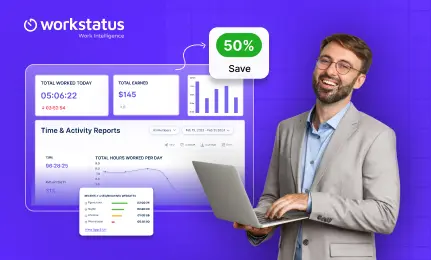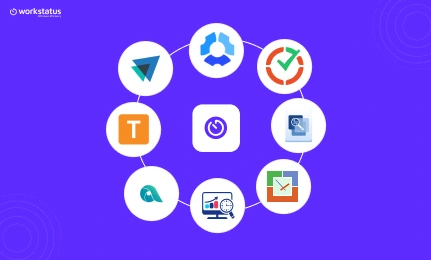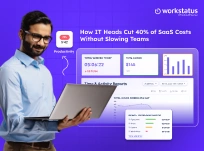Table of Contents
Running a modern business without the right software is like competing with one hand tied behind your back.
Every day, new challenges emerge that require smart solutions to stay ahead.
Common business struggles include:
- Managing tools that don’t work well together
- Spending too much time on manual tasks
- Losing important data or customer information
- Teams working without proper communication
Without the best SaaS tools, businesses often face setbacks that hurt growth and profitability.
That’s why the best SaaS tools have become critical for companies of all sizes because outdated methods typically result in:
- Operational chaos
- Lost opportunities
- Higher costs
- Competitive disadvantage
The good news?
You don’t have to struggle with expensive custom software anymore.
Modern SaaS solutions have transformed how companies operate, making it possible to:
- Automate routine tasks and workflows
- Access powerful features without huge costs
- Scale operations quickly as your business grows
In this guide, we’ll explore ten of the best SaaS tools and services available in 2025, helping you discover the perfect solutions to streamline your operations and accelerate your business success.
Top 10 SaaS Products & Services To Consider
Here are the top SaaS products and services to look for:
1. Workstatus
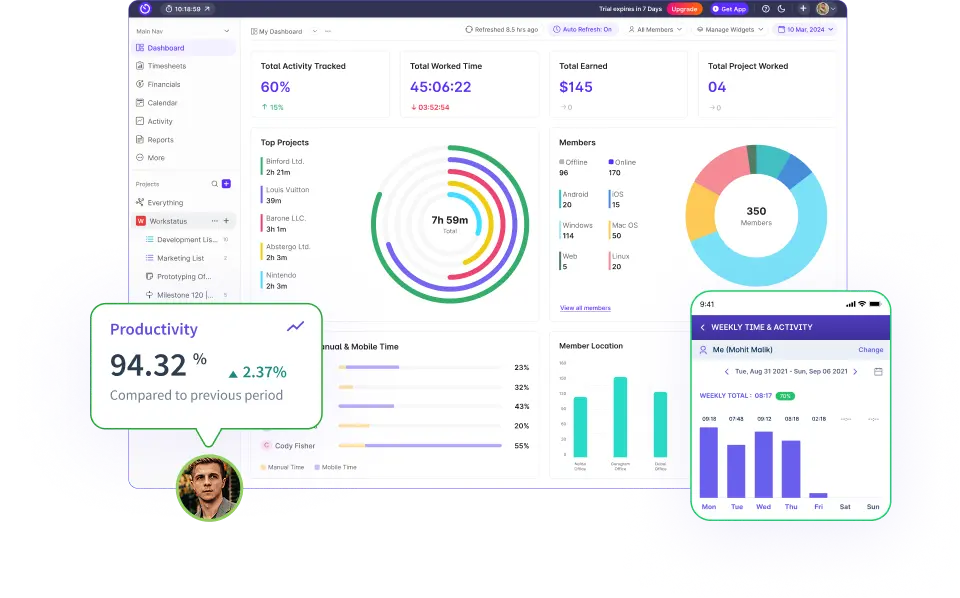
Workstatus helps you track time and manage your team from anywhere. It works great for office teams and remote employees around the world. Keep everyone organized and projects on track without stress.
1. Time Tracking
![]() Analyze working hours automatically with this appropriate time tracking software. See how long each task takes and bill clients the right amount. No more guessing how much time was spent on projects.
Analyze working hours automatically with this appropriate time tracking software. See how long each task takes and bill clients the right amount. No more guessing how much time was spent on projects.
Key Benefits:
- Know where your time goes each day
- Bill clients correctly and on time
- Find tasks that take too long
- Get paid fairly for all work
2. Team Management
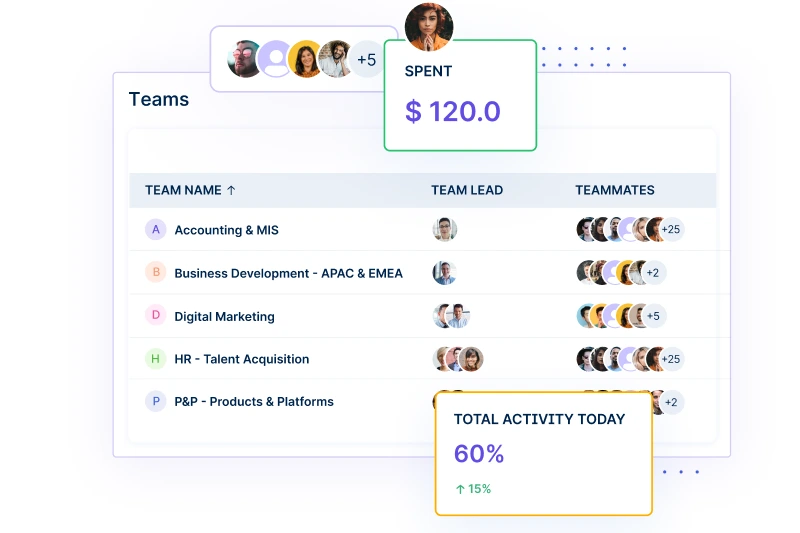 See what your team is doing right now from your dashboard. Check who’s working and on what projects. Perfect for managing people who work from different places.
See what your team is doing right now from your dashboard. Check who’s working and on what projects. Perfect for managing people who work from different places.
Key Benefits:
- Keep track of your team easily
- Make sure people work on right tasks
- Help team members when they need it
- Plan work better across projects
3. Project Management
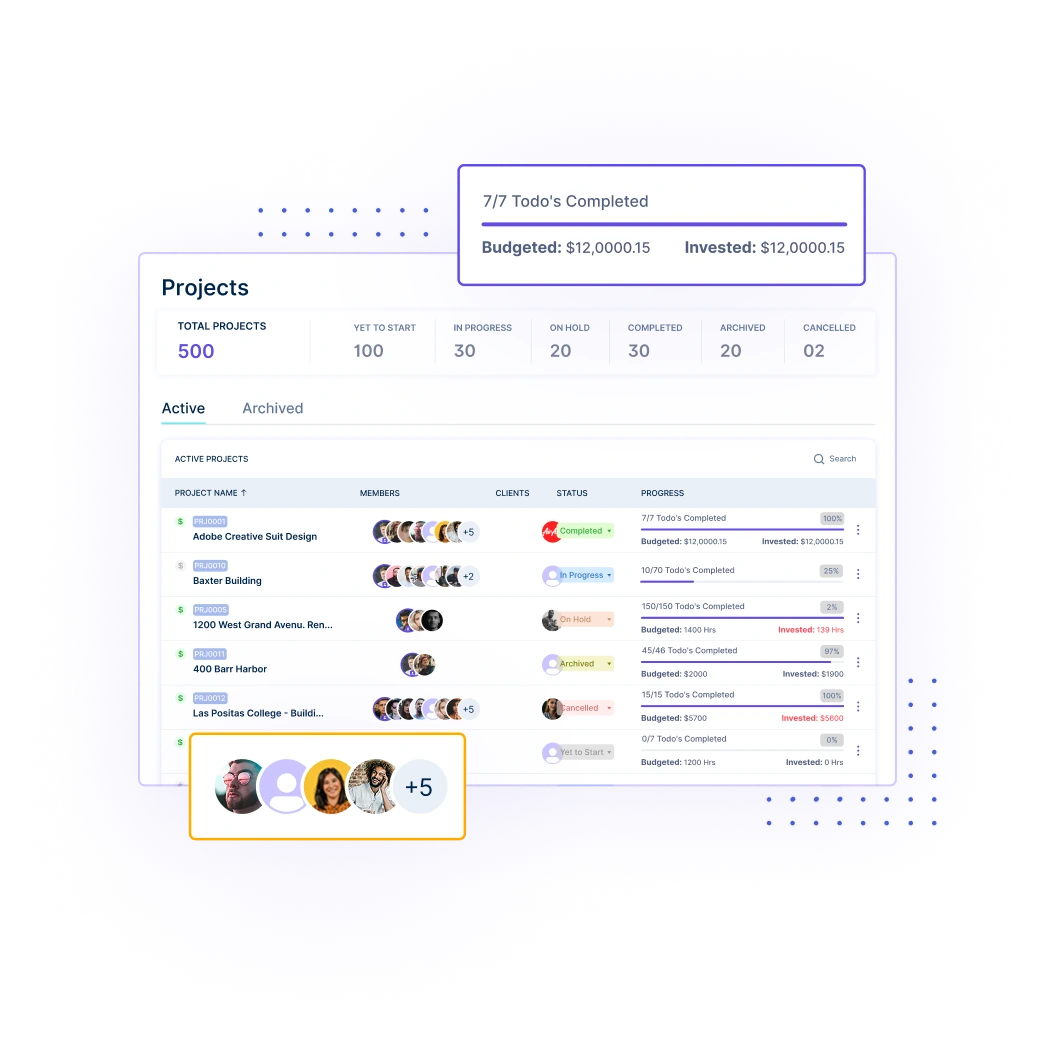 Keep all projects in one place with clear views with Workstatus’s project management software. See which ones are on track and which need help. Get alerts when deadlines are coming up soon.
Keep all projects in one place with clear views with Workstatus’s project management software. See which ones are on track and which need help. Get alerts when deadlines are coming up soon.
Key Benefits:
- Never miss important deadlines
- Stay within budget on every project
- Fix problems before they get big
- Keep clients happy with updates
4. Attendance Management
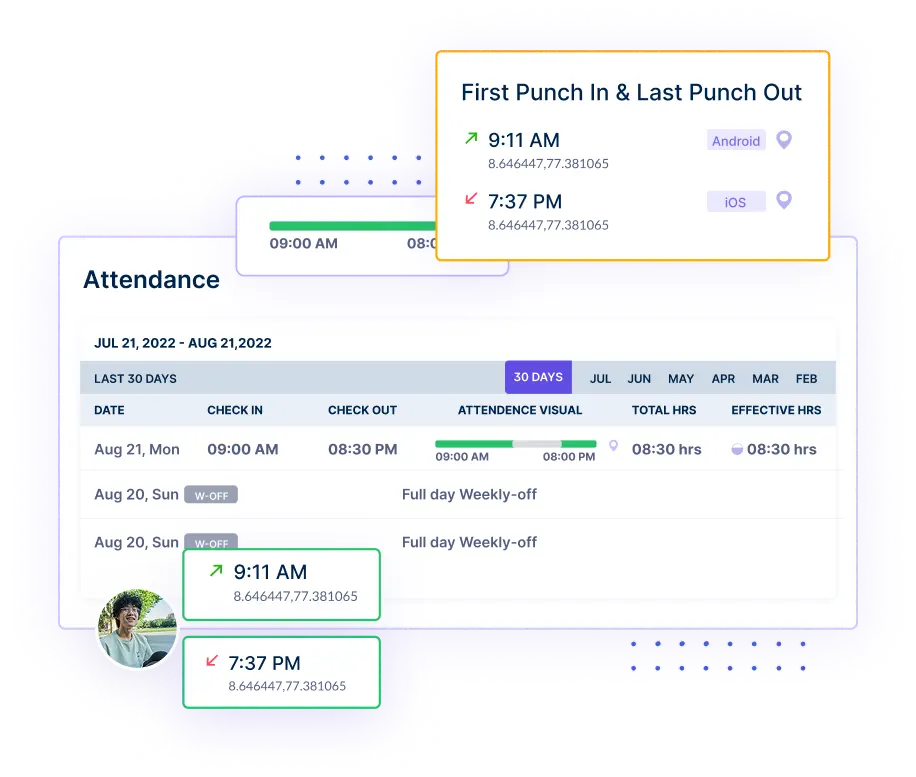 Track when people start and stop work each day. Uses face recognition so the right person clocks in. This stops people from clocking in for others.
Track when people start and stop work each day. Uses face recognition so the right person clocks in. This stops people from clocking in for others.
Key Benefits:
- Know work hours exactly every day
- Stop fake clock-ins completely
- Get correct attendance records always
- Save time on manual tracking
5. Dynamic Reports
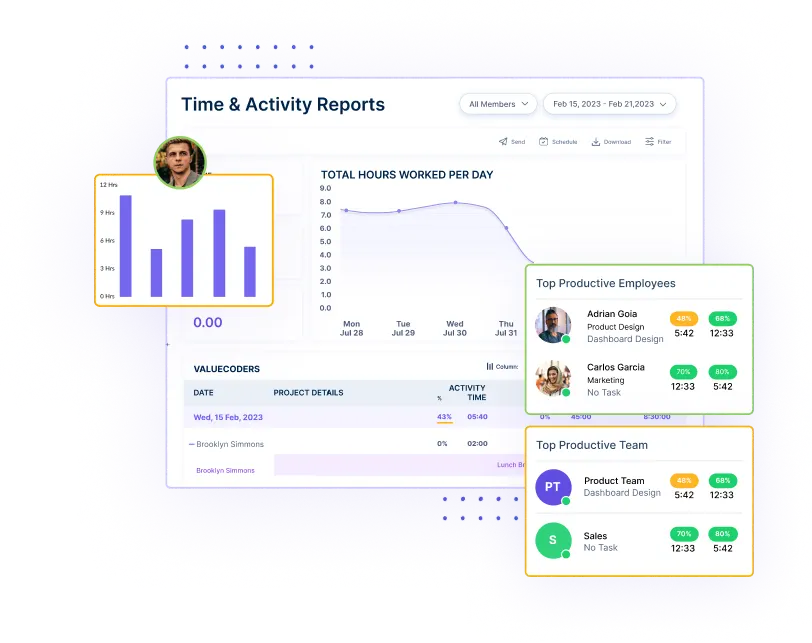 Get detailed reports about your team’s work and progress. See who’s doing well and which projects make the most money. Use this data to make smart business choices.
Get detailed reports about your team’s work and progress. See who’s doing well and which projects make the most money. Use this data to make smart business choices.
Key Benefits:
- Make better decisions with real data
- Find your best employees quickly
- See which projects are most profitable
- Track business growth over time
2. Invoicera
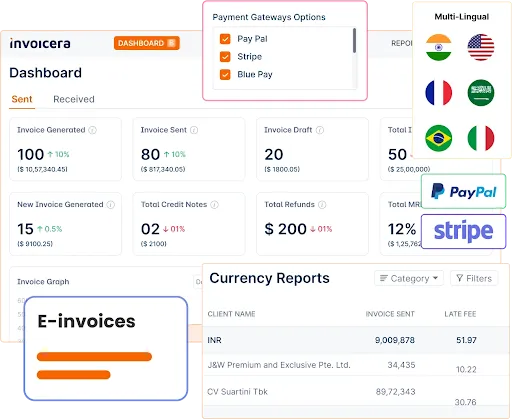
Invoicera is a leading online invoicing software designed to simplify financial workflows for freelancers, SMBs, and enterprises alike. With over 4 million users worldwide, Invoicera continues to be a top SaaS solution for businesses looking to automate billing, track project time, and manage client communications—all from a single, easy-to-use platform.
One of Invoicera’s biggest strengths is its dual functionality. It not only handles complex invoicing needs but also provides built-in time tracking to ensure accurate billing and improved productivity. Whether you’re managing recurring invoices, tracking billable hours, or monitoring expenses, Invoicera offers end-to-end automation that saves time and reduces manual errors.
Key Features:
- Time tracking for projects and tasks
- Customizable invoice templates
- Recurring billing and auto-reminders
- Expense and project management
- Multi-language & multi-currency support
- 30+ payment gateway integrations
- Client and staff management tools
Key Benefits:
- Streamlines billing and accounting processes
- Improves cash flow with faster, automated invoicing
- Enhances accuracy in time and expense tracking
- Scalable for solo professionals to large enterprises
- Boosts transparency and professionalism with branded invoices
Invoicera is a powerful SaaS product that adapts to various business models, making it a must-have tool.
3. Microsoft 365
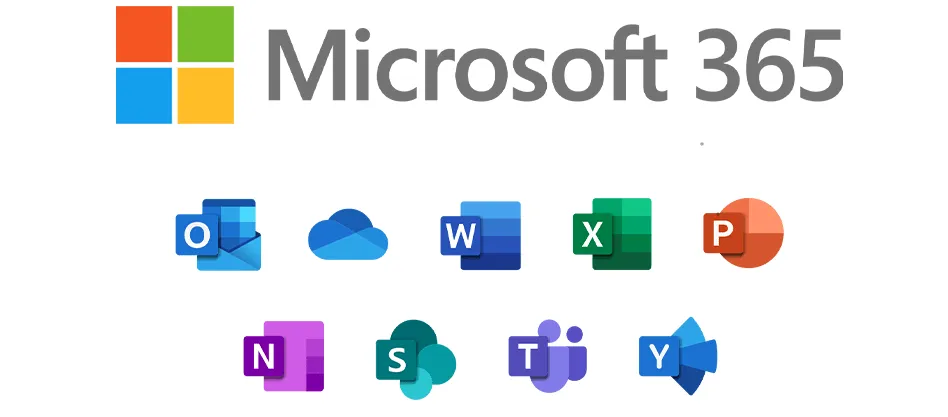
Microsoft 365 is like a toolbox packed with helpful tools for work or school.
It includes programs like Word, Excel, and PowerPoint that you can use online.
Word is for writing, Excel helps with numbers and tables, and PowerPoint is great for presentations.
With Microsoft 365, you can work on your projects from anywhere using a computer or phone with internet access.
Key Benefits:
- Collaborate easily on documents in real-time with others
- Access your work from anywhere with an internet connection
- Use a variety of essential tools like Word, Excel, and PowerPoint in one package
4. Salesforce
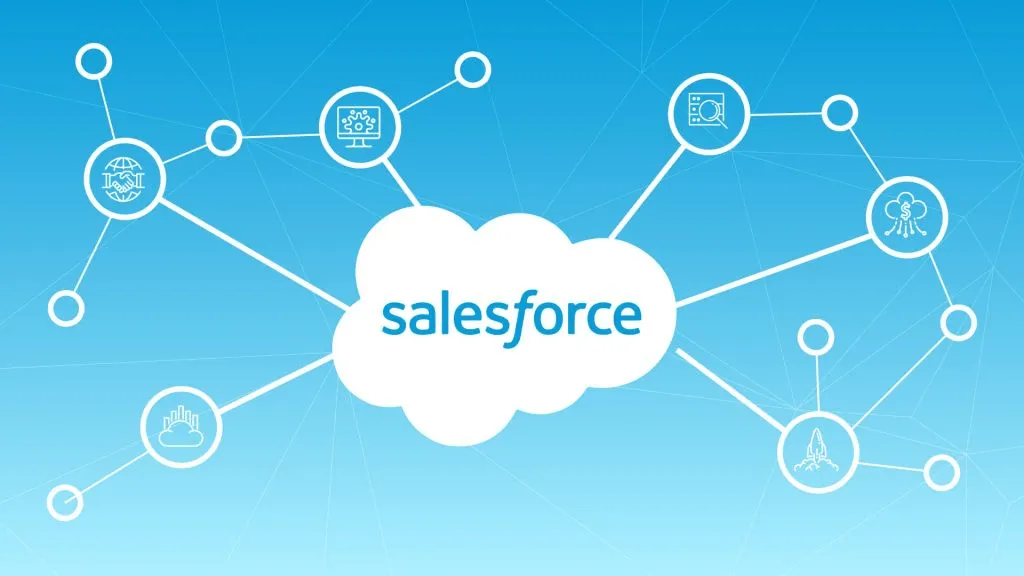
Salesforce is like a smart assistant for businesses.
It’s a system that helps companies keep track of their customers and manage relationships with them. Businesses use it to sell products, provide customer service, and organize marketing efforts.
It’s all about making sure businesses can keep their customers happy.
Key Benefits:
- Streamline customer information for better relationships
- Helps businesses manage leads in Salesforce, sales, customer service, and marketing activities
- Enables personalized interactions with customers to enhance satisfaction
5. Zoom

Zoom is like a magical window that lets you talk to people face-to-face through your computer or phone.
It’s perfect for online classes, work meetings, or catching up with friends and family.
You can see and talk to multiple people simultaneously, making it feel like you’re all in the same room, even if you’re far apart.
Key Benefits:
- Facilitates easy and reliable video conferencing with multiple participants
- User-friendly interface for seamless virtual meetings
- Enhances remote communication and collaboration
6. Google Workspace
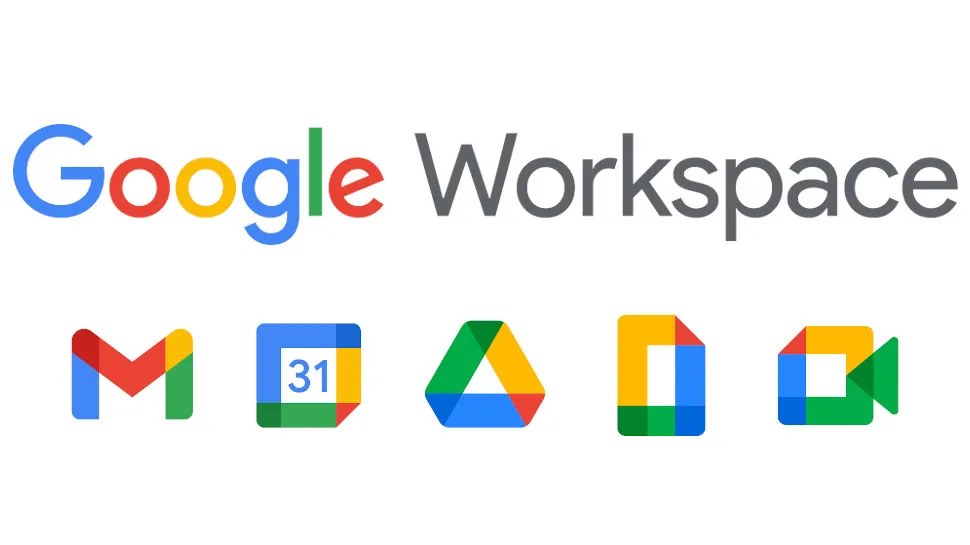
Google Workspace is like having your office online.
It comes with Gmail for emails, Google Drive for storing files, and Docs and Sheets for writing and making spreadsheets.
It’s like having a set of helpful tools from Google that you can use together in one place on the internet.
Key Benefits:
- Offers collaborative tools like Docs, Sheets, and Drive for efficient teamwork
- Access and work on documents from any device with an internet connection
- Integrated suite of applications for productivity and communication
7. Slack
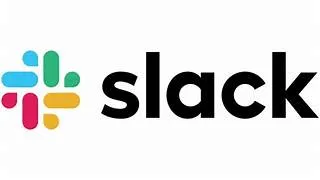
Slack is like a special chatroom for work. It’s a messaging app where teams can talk, share files, and work together easily.
It’s organized into different channels for different topics or projects, making finding and discussing things with your team simple.
Key Benefits:
- Facilitates seamless communication among teams, reducing email clutter
- Easy file sharing and integration with various other tools
- Organized channels for specific discussions, keeping teamwork efficient
8. Amazon Web Services (AWS)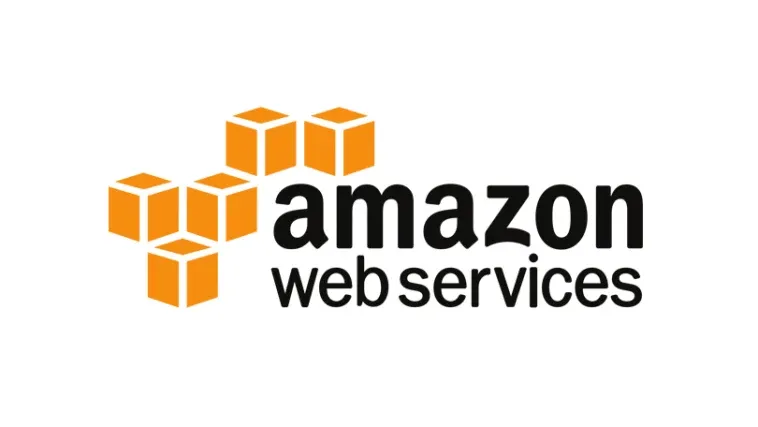 AWS is like a big internet storage and computer system that businesses rent.
AWS is like a big internet storage and computer system that businesses rent.
It helps companies store data, run websites, and use various computer services without owning hardware.
AWS provides scalable and reliable cloud computing solutions.
Key Benefits:
- Offers scalable and reliable cloud computing solutions
- Provides numerous services for storage, computing, and database management
- Allows companies to access computing power and storage without owning physical hardware
9. HubSpot
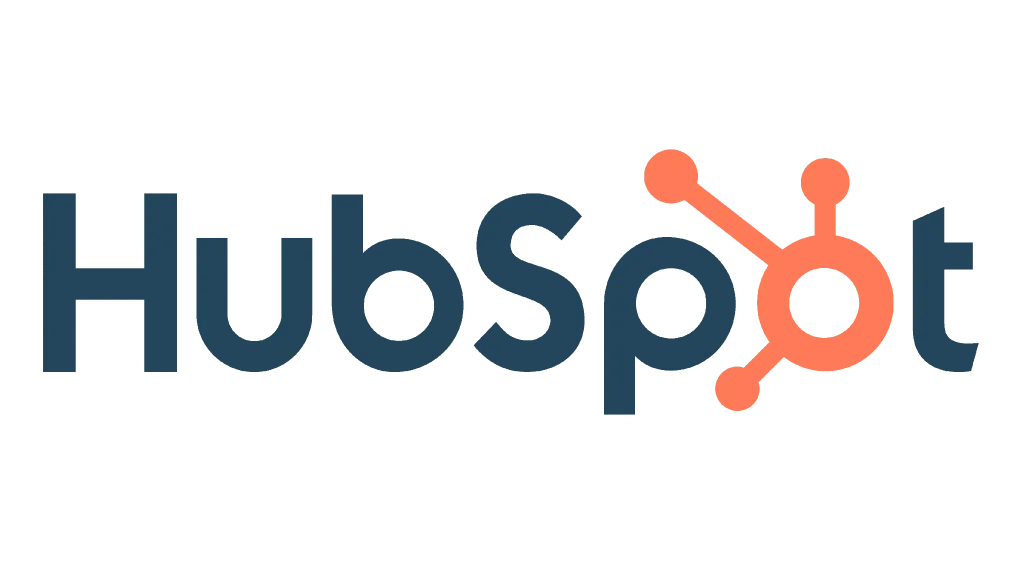
HubSpot agency is like a toolbox for businesses to attract customers and manage relationships with them.
It helps with marketing, sales, and customer service by organizing customer data, creating targeted campaigns, and improving customer interactions.
Key Benefits:
- Helps businesses attract, engage, and retain customers effectively
- Streamlines marketing, sales, and customer service processes in one platform
- Provides insights into customer behavior for better decision-making
Read more – Are You Looking For A Better Alternative To Hubstaff?
10. Zendesk

Zendesk is a helpful system for customer support.
It’s used by businesses to manage and solve customer inquiries or issues.
It organizes customer requests and interactions, making it easier for support teams to provide efficient and timely assistance.
Key Benefits:
- Efficiently manages customer support inquiries and tickets
- Organizes customer interactions for better customer service
- Provides a centralized platform for customer issue resolution
Top 6 Benefits Of Using SaaS Products
Here are some major benefits of using SaaS tools:
1. Affordability: These tools are cost-effective because they operate on a subscription model. Instead of shelling out a big sum upfront, you pay smaller, regular fees. It’s like paying a monthly fee for using a service, making it more budget-friendly for individuals and businesses alike.
2. Automatic Updates: SaaS products handle updates for you. You won’t have to worry about downloading and installing updates because the software does it automatically. This ensures that you always have the latest features and security patches without any effort.
3. Scalability: SaaS tools are flexible. You can easily adjust your subscription if you need more features or your requirements change. It’s like customizing a meal based on your hunger level, allowing you to scale up or down without complications.
4. No Installation Hassle: Unlike traditional software, SaaS doesn’t require installation on individual devices. You access SaaS products through your web browser, similar to social media sites or streaming platforms. This eliminates the need for complex setups and saves device storage space.
5. Collaboration Made Easy: Many SaaS applications support real-time collaboration among multiple users. It’s like working together on a shared document where everyone can edit simultaneously. This fosters teamwork, allowing users to collaborate efficiently, irrespective of their physical locations.
These benefits of SaaS products make them attractive for individuals and businesses seeking cost-effectiveness, accessibility, flexibility, and hassle-free software management.
6 Key Factors to Consider Before Buying SaaS
Here are some significant factors that you should consider before investing in any SaaS tool:
1. Cost
Evaluate the pricing plans offered by the SaaS product.
Check if it aligns with your budget and business needs.
Understand the payment structure, whether it’s a monthly or yearly subscription, and if there are any additional costs for extra features or users.
2. Features
Assess the features and functionalities of the SaaS product.
Ensure it offers the tools and capabilities required for your specific use case.
Look for user-friendly interfaces and comprehensive features that match your workflow.
3. Security
Prioritize the security measures provided by the SaaS product.
Verify the encryption methods, data protection protocols, and compliance with industry standards like HIPAA, or GDPR, depending on your industry requirements.
Confirm the vendor’s data backup policies and measures against potential cyber threats.
4. Customer Support
Investigate the quality of customer support offered by the SaaS provider.
Reliable customer service is crucial if you encounter technical issues or need assistance using the product effectively.
Look for accessible support channels, response times, and available support documentation.
5. Integration
Consider the SaaS product’s compatibility with your existing systems and applications.
Seamless integration with other tools you use, such as CRM software or project management platforms, can enhance productivity and streamline workflows.
Ensure it offers APIs or integrations that allow smooth data exchange between systems.
6. Reviews & Reputation
Research and gather feedback from existing users or reputable review platforms.
Analyze user experiences, testimonials, and ratings to gauge the SaaS product’s performance, reliability, and reputation in the market.
A product with positive reviews and a solid reputation will likely be a dependable choice.
By considering these factors thoroughly, you can decide when choosing a SaaS product that best meets your requirements and contributes to your business success.
Closing Thoughts
Choosing the right SaaS tools can make a huge difference for your business.
These 10 products we talked about are popular because they work well and help teams get things done faster.
When picking SaaS tools, think about what your team really needs.
Start with the basics like communication and file sharing. Then add more tools as your business grows.
The best SaaS tools like Workstatus are the ones your team will actually use.
Simple tools that everyone understands often work better than complex ones with lots of features.
FAQs
Ques. What is a SaaS Product?
Ans. A SaaS product is a cloud-based software solution accessed via the internet, allowing users to use applications without installing them locally.
Ques. What are the most common Saas Products?
Ans. The most common SaaS applications include tools for project management, CRM, accounting, HR, collaboration, and marketing automation.
Ques. How do I choose a SaaS Product?
Ans. Choose a SaaS product by evaluating your business needs, budget, scalability, ease of use, and integration with existing tools.



